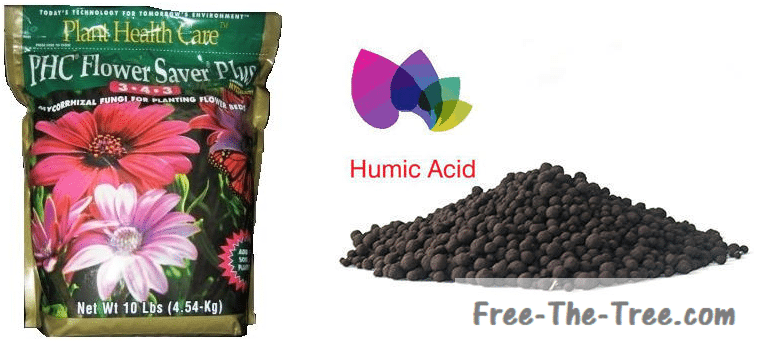Growth Supplements & Additives
There are many additives or growth supplements that have hit the market over the years. Generally, these additives contain a cocktail of some of the elements that we’re going to cover today.
Most of these additives came from the greenhouse industry or were developed for organic growers. Many of these additives do what they say and work quickly, however when growing a short, 8 to 10 week crop, some of these products may not have the time to work properly, especially if they’re added near the end of the flowering stage;, make sure you check out how long it takes the nutrients to be available to the plant.
The following list will give you an idea of what specific additives are and how they are used.

















